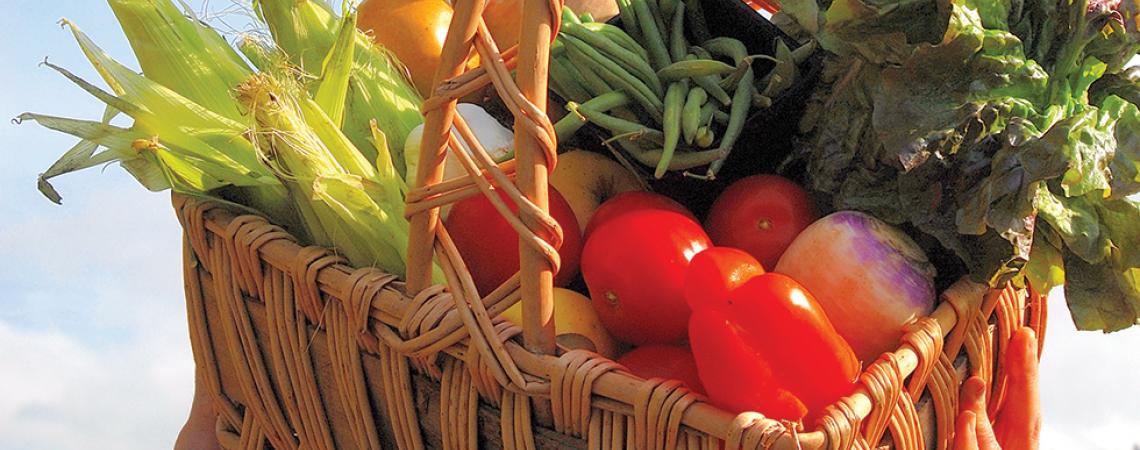Photo by Rick Wetherbee
Kitchen gardens are sprouting up more and more as folks take the farm-to-table practice into their backyards — and now’s the time of year when the first signs of spring have many of us eagerly anticipating those tasty tomatoes, juicy melons, fresh salad greens, crisp cucumbers, and other fresh edibles that come from our own gardens. These tips will help power up your planting and maximize your yields for a tastier, more productive kitchen garden.
1. Prepare the soil
Healthy soil is the foundation to growing healthy and extra-productive plants. Enriching the soil with a 1- to 2-inch layer of aged manure or compost each spring will encourage a more extensive root system that can better access nutrients and water deep in the soil.
2. Raise your beds
Raised garden beds not only make the most efficient use of space, they also make planting, growing, and harvesting a whole lot easier — and they work exceptionally well at defining your planting areas, which makes it easier to keep weeds under control.
3. Make use of mulch
Shredded leaves, straw, grass clippings, compost, and other organic mulch help conserve soil moisture, moderate soil temperatures, improve soil texture, and deter weeds. Covering the soil with a 2- to 4-inch layer of organic mulch in spring or early summer will help ensure great yields.
4. Include paths
Loose and fertile soil is a key element to healthy plants. Each time you step on your garden beds, the soil compacts a bit more. Make paths between garden beds, as well as mini-paths in a wide garden bed, so feet stay off the prime growing areas.
5. Step it up with seedlings
Jump-start your own seeds indoors, or buy transplants from your local garden center. Using living plants instead of directly seeding the garden often produces better yields and shortens the time to harvest.
6. Position plants for productivity
Plant in blocks or squares rather than rows — you can grow more plants in a square foot of multiple planting areas than you can in widely spaced rows.
7. Grow high-yield veggies
Whether buying seeds or transplants, certain features will give you the upper edge to greater yields. Look for labels such as “disease resistant,” “improved yields,” “consistent grower,” or “ever-bearing.”
8. Plan for plant diversity
Growing herbs, flowers, and other plants with your veggies creates better plant diversity in the garden by attracting birds, pollinating bees, and helpful insects that feast on bad bugs.
9. Keep bare spots to a minimum
Succession planting helps keep your garden producing right through the growing season. Replant each area as soon as the previous crop is harvested; for example, early-spring snap peas might be followed by early peppers, then fall radishes.
10. Utilize the vertical dimension
Grow pole beans, winter squash, and other vining vegetables and fruits on an arbor, fence, or vertical trellis. You’ll produce more abundant yields in less space, and the added sun and air will bring a superior quality to produce.









